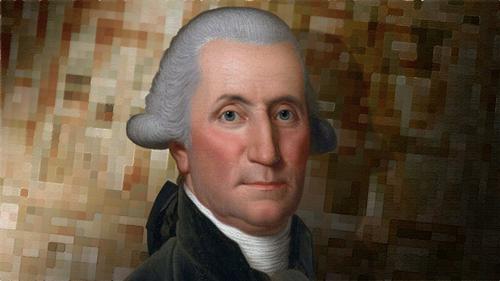The US president is one of the most important designations in the world. Then, questions such as these become the focus: how long can a president serve? Or how many terms can a president serve? Can they keep in office eternally?
Actually according to the 22nd Amendment which says "No person shall be elected to the office of the President more than twice", the US president can serve for two terms which are of 4 years each. However, how many years can a president serve? Actually, they can serve for ten years when they become president through the order of succession; this gives them 2 extra years. Why 2 extra years? Keep reading!

Presidential Limit and Its Effects
Let's have a look at the presidential limit and its effects together. First, think about it by yourself then read the following information.
1. Unwritten article: two terms
In the United States, the president is elected for the office for a term of four years. There are no written limits in the constitution for how long can a president serve. However, the first president of the nation, George Washington chose not to hold the office for the third term. This suggested the two terms for the president of the United States are enough. The two-term limit by president Washington became an unwritten rule for all the presidents since 1940.
There is an exception, as seen with President Roosevelt. Because during his terms the country encountered war and enormous economic loss, he needed to lead the country to overcome the difficulties as a great leader. During the elections of 1940, President Roosevelt won for the third term. He then again won the 4th term as well in the 1944 elections. He was a very popular president of the United States because he brought the nation out of the Great Depression of the 1930s and lead the nation through World War II as well. He died just a few months after taking the office for the fourth term in April 1945.
2. Twenty-Second Amendment
The 22nd Amendment was passed by Congress on February 27, 1951, which restricted the President to serve for only two terms making the total of tenure of the president in the White House 8 years. The president can also serve for two extra years if he was brought by a succession order and passed a sitting president in the middle of his term. This makes a total of 10 years for this president to serve. The amendment came after US president Franklin Roosevelt served for 4 terms and broke the two-term record. The amendment is very clear in saying that the president can only hold the office for two terms, and an acting president can hold the office for just two years. These two years are given to this president to complete the terms of the late president.

3. The importance of the term limit
There are less than 10 countries of Latin America which tried to rewrite or reinterpret their constitutions after the mid-1990s. The motivation of these countries was just to extend the presidential limit. This is a very big mistake because the term limit provides a very strong check on the concentration of power and ensure the long-term stability of that country. Limiting the term of the president of the country can curb the monopoly of the leaders who want to hold the office for a longer time. The countries, which have no limit on the term, shows dictatorial tendencies and become more corrupt. Because the office-holders have a strong impact on the justice system of the country, and they are not answerable to anyone in the country. Term limit also promotes a level playing field for all the politicians in the country, which also strengthens the democracy of the country and provide a lot of choices to the people of that country. This is why every country must limit how long a president can serve.
4. Controversy: 12th Amendment and 22nd Amendment
There have been many attempts either to remove or change this amendment since 1985. During the 2nd term of Ronald Reagan, both Democrats and Republicans made some attempts but none of them was successful.
The major debate is how this amendment would work with the 12th amendment in the constitution. The 12th amendment says that only a person capable of becoming the president can hold the office of vice president. The debate is that someone who held the office for 2 terms cannot become president again and this it is argued they cannot hold the office of vice president either.
The other side of the debate is that the 12th amendment deals only with the requirements, on the other hand, the 22nd amendment deals with the elections. The big question is that when the person is not allowed to be elected again, it does not mean the person is not fulfilling the requirements needed by the 12th amendment. However, a person who is elected twice would violate the 22nd amendment with regards to elections which states "... no person who has held the office of President, or acted as President, for more than two years of a term to which some other person was elected President shall be elected to the office of President more than once". So, the person who held the office twice, if attempted to serve as vice-president, would not be able to fulfill the whole term of the president, the first two years, thereby it violates the standard of the election.
Wind-up
There are few confusions and controversies that emerge when we look at the 22nd amendment and the 12th amendment together. Restricting a president to two terms also violates the right of the people and limits their choice; however, it has its own benefits and ultimately can have a tremendous effect in the political system of a country. These matters must be discussed further to answer the queries which are still in the minds of people, how long can a president serve? So what is your opinion about the restriction of two terms? Can you justify it or you are against it?